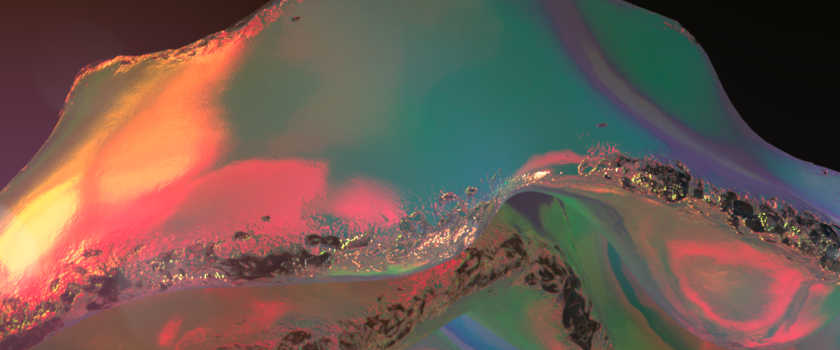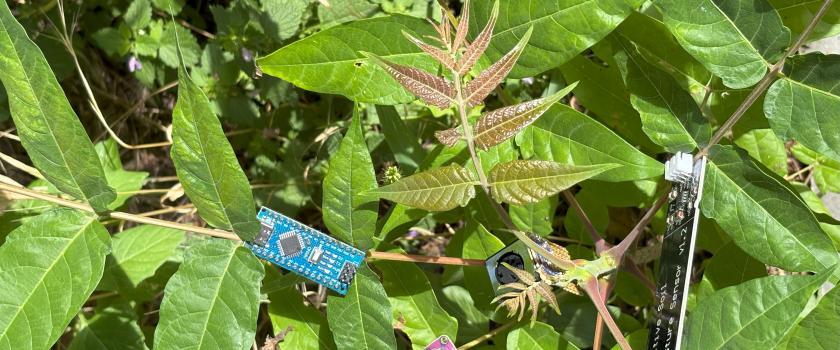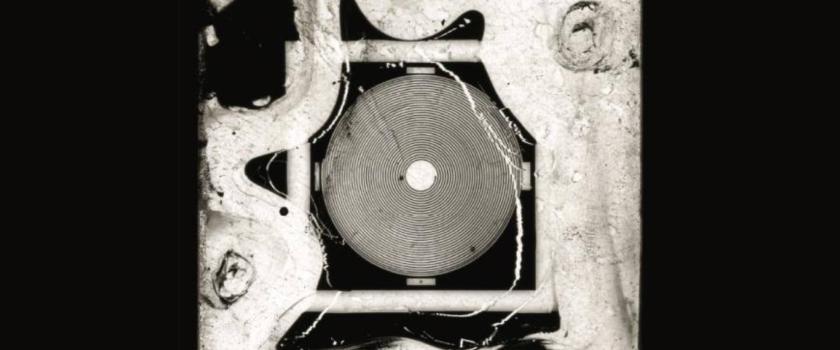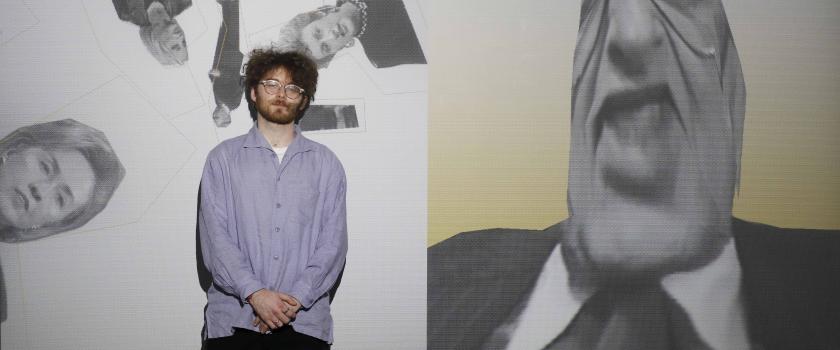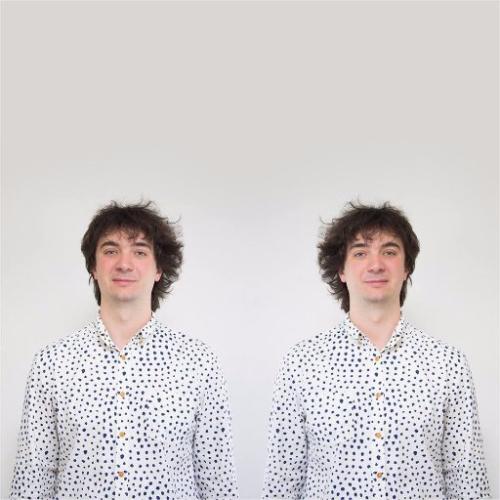Lukáš Pilka
How Do the Machines Perceive Art?Digital Art History and Machine Vision
Today every work of art is digital. Even gothic panel painting or baroque sandstone sculpture has its virtual reproduction, which represents it and which becomes the object of our observation. New forms of representation are associated with new forms of research; In 2015, Lev Manovich described Digital Art History as a set of methodologies using quantitative analysis to explore cultural artifacts. As a new attitude to history, which access cultural databases, digitized museum and archive collections, metadata, texts on art, and virtual reproductions of art works through mathematical and statistical ways. The exponential growth of computing capacity and the increasing volume of (and not only) open cultural data make it possible to conduct surveys that have been difficult to imagine in the recent past.
One of the methodologies in digital art history is represented by visual analyzes based on current technologies of machine image recognition. What stimuli does it bring? And what can we observe in works of art? Recent experiments suggest that synthetic vision may not only be a useful tool for classifying artifacts, but a full-fledged medium of conveying new perspectives. It is a continuation of formal analysis, the evolution of the comparative methods used by Winckelmann, Riegl, Wickhoff, Warburg or Malraux, which have been present in modern art history from the very beginning. Today, however, we can automate the vast array of digitized reproductions.There is a way to search large image files, to compare entire collections managed by different museums, to navigate the collections of distant foreign institutions as well as we move around home. There are many opportunities that digital vision brings to the history of art, but this nascent method suffers from a number of birth problems, which I will also mention in the paper.
Lukáš Pilka is a designer, critic and journalist dealing with digital design, contemporary technologies and the overlap of both into the world of fine art. Within his doctoral research at the Academy of Arts, Architecture and Design in Prague he is interested in using neural networks for the quantitative interpretation of classical works of art. He is a co-founder of the Alt Tab think tank, which maps the intersections of design, ethics and technology.
5.30 - 6.00 PM discussion/coffee break
6.00 - 7.00 PM BASTL INSTRUMENTS
